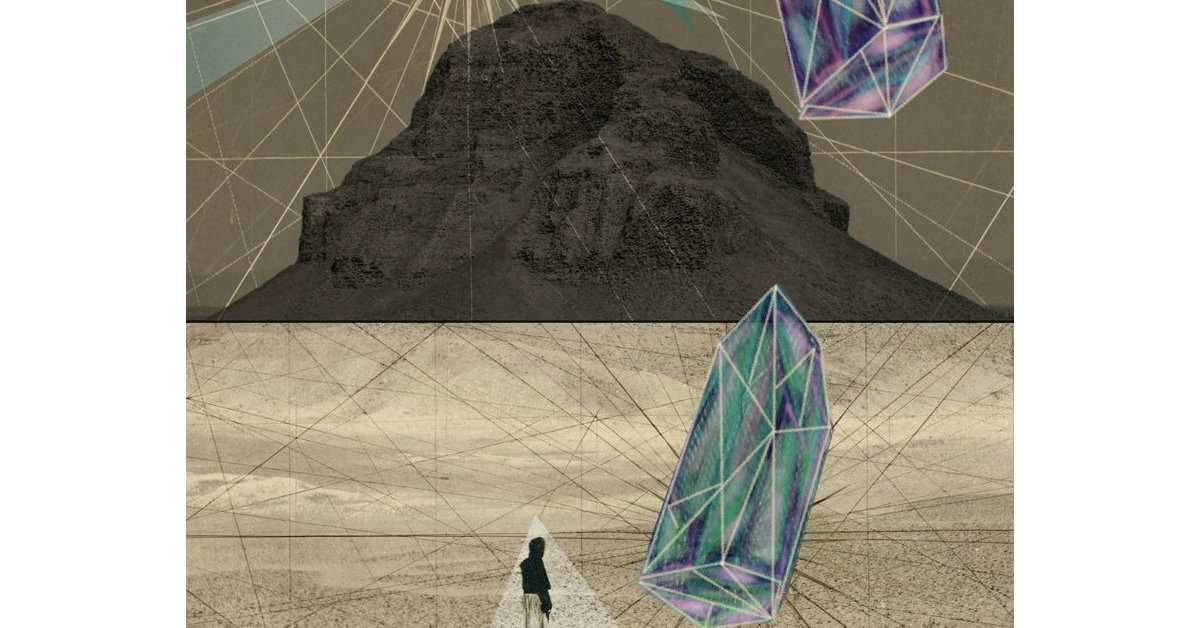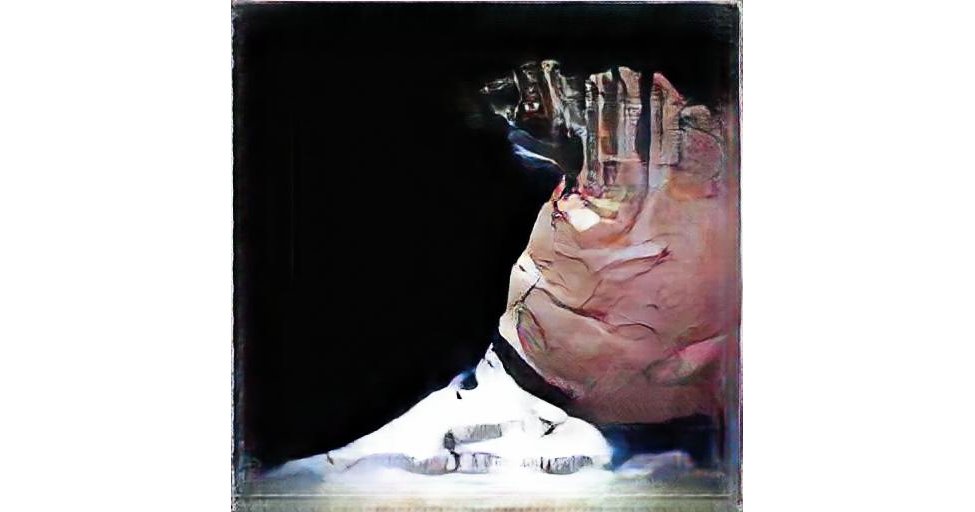In his book, Tortilla Curtain, published in 1995, T.C. Boyle enters deeply into the frames of reference of both immigrants and the gated community.
He puts you squarely into the hearts and minds of people struggling desperately at enormous risks to establish a new life for themselves as well as people who are fighting mightily to protect the lifestyles they have established through hard work and white privilege.

The most compelling part of this book is its ability to evoke sympathy for both experiences.
In the book, Boyle ping-pongs the reader between the lives of Cándido and América Rincón, a Mexican immigrant couple who survive horrifying abuse in getting across the border from Tijuana into California, and the Mossbachers, a white family composed of an over-achieving wife who scaled the economic ladder as a real estate broker, a liberal husband who writes about conservation and animal protection, and a spoiled son who is tarnished by the excesses of American consumerism. The Mexican family experiences endless humiliation, punishment and bad luck as a result of their efforts to build a better life. The American family experiences an insidious transformation from progressive inclusiveness to protective exclusiveness as they are battered by a series of negative encounters with immigrants crossing the border.
What struck me about the book is how images of the “other” are so powerfully implanted in our psyches and how easy it is to selectively latch onto stories that nurture and grow those images into overpowering world views that make it impossible to entertain any evidence that would counter that perception or conveniently limiting labels.
Such images are like seeds that transform themselves into weeds in our brains and hearts that keep the darkness of hate and suspicion in and the sunlight of love and acceptance out. The curtains are shut.
It is also amazing how timely this book is in the current climate of building walls and denying entrance to people of different ethnicities and religious preferences.
As it turns out, for more than a century, innumerable studies have confirmed two simple yet powerful truths about the relationship between immigration and crime: immigrants are less likely to commit serious crimes or be behind bars than natural-born citizens are, and high rates of immigration are actually associated with lower rates of violent crime and property crime.
This holds true for both legal immigrants and the unauthorized, regardless of their country of origin or level of education.
In other words, the overwhelming majority of immigrants are not “criminals” by any commonly accepted definition of the term. For these reasons, harsh immigration policies are not effective in fighting crime.
Moreover, a growing body of law and inflammatory opinions have reimagined non-citizens as criminals and security risks, and immigration law enforcement has increasingly adopted an inhumane and cruel approach for addressing the issue. In short, immigrants themselves are being categorically criminalized. As prominent immigration scholar Douglas Massey has written with regard to the plight of unauthorized immigrants in particular, “not since the days of slavery have so many residents of the United States lacked even the most basic social, economic, and human rights” (“America’s Immigration Policy Fiasco: Learning from Past Mistakes,” 2013).
In Tortilla Curtain, T.C. Boyle translates data into real-life drama. The Mexican couple, the Rincóns, are beaten, raped, and exploited in an increasingly hostile environment. Every time they manage to save some money for an apartment, they are robbed and returned to a destitute and dangerous existence. Meanwhile, the American couple is assailed by the opinions of their more conservative neighbors with details about graffiti, arson, and robberies. As the story unfolds, both the husband and wife experience ugly encounters with immigrants who are breaking the law by littering, loitering, or building cooking fires in their campsites that have disastrous unintended consequences. Over time, the couple becomes more and more anti-immigrant and imagines every poor Mexican as a threat to their security and sense of well-being.
The Mossbachers’ commitment to progressive positions is eroded by random, personal experiences , resulting in their acceptance of an inaccurate representation of the whole picture. Their story demonstrates how easy it is to let fear undermine evidence, fairness, and the truth. And Mexican immigration is just one example of the shocking realities of people trying to escape poor, war-torn countries like Syria, Afghanistan, Iraq, Libya, etc. There are more than 60 million refugees world-wide, and I imagine that with few exceptions, each of those 60 million people has a heart wrenching story to tell. Surely, a small portion of immigrants commits crimes or engages in acts of terror (less than 5% to be precise). But the large majority brings talents and perspectives that enrich our communities and contribute to our economy.
Our imaginations can lead us out of the bright sunshine and into the curtained shadows. Comparing the facts about immigration (which show it is linked not to increased danger or instability but actually to certain improvements) with people’s fear-based misconceptions about immigrants is a perfect example of how our imaginations can distort reality so much that it transforms our image of the world. Likewise, if you enlarge a photograph without taking into account all of the key variables like height-to-width ratio and resolution, you may end up with a distorted and grainy image that is not true to the original and lacks its level of fine detail. It seems to me that this principle applies to our imaginations as well. When we enlarge a certain image, without taking into account all the variables, we may end up with a distorted picture of what’s going on and miss the granularity and fine details of the object or experience in question. What is it about us as human beings that we are so inclined to blow things out of proportion and to miss the details that define the wholeness of another person’s experience or our own?
Imagination can be for better or worse. We can imagine bright new possibilities for a better future or we can imagine the world being torn apart by “others.”
Immigration can also be for better or for worse. We can create a reasonable path to citizenship and embrace diversity, or we can create ever larger walls and retreat into the comfort of our homogeneity (while simultaneously exploiting the fact that illegal immigrants have no rights as workers). At the end of Boyle’s fictional account of two families from opposite ends of the economic spectrum, they both extend their hands to each other in an attempt to find safety in stormy waters. The book is worth the read; the gesture of reaching out is worth the effort and risk. Maybe it’s time to pull back our curtains and open our windows on ourselves and “others.” Let’s imagine a better future for all. John Lennon got it right with his classic song:
Imagine there’s no heaven
It’s easy if you try
No hell below us
Above us only sky
Imagine all the people
Living for today…
Imagine there’s no countries
It isn’t hard to do
Nothing to kill or die for
And no religion too
Imagine all the people
Living life in peace…
You may say I’m a dreamer
But I’m not the only one
I hope someday you’ll join us
And the world will be as one
Imagine no possessions
I wonder if you can
No need for greed or hunger
A brotherhood of man
Imagine all the people
Sharing all the world…
You may say I’m a dreamer
But I’m not the only one
I hope someday you’ll join us
And the world will live as one
Also published on Medium.




[…] after the election, we are witnessing the dismantling of Affordable Health Care, environmental and immigration policies, and trade agreements. Simultaneously, we are seeing executive orders for higher walls, fewer […]
[…] choices. Universal health care, affordable housing, and food stamps should ease those burdens. So all life decisions need to be seen in the light of the history and context in which they are being m…. When we look into the mirror, we not only need to ask, “what are my values and how do I want to […]